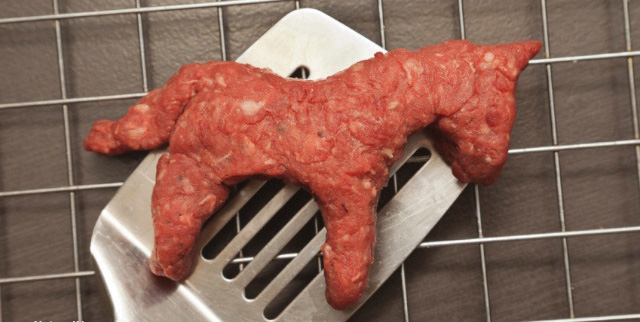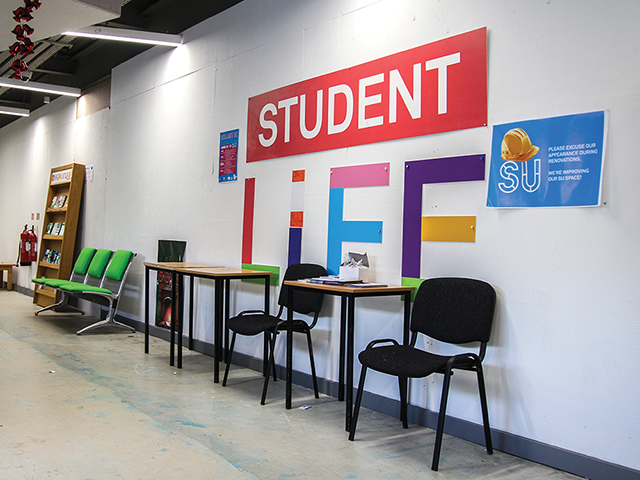
[dropcap]W[/dropcap]hen DNA tests on Irish ‘beef burger’ patties conducted by the Food Safety Authority of Ireland (FSAI) revealed that they contained 29 per cent horse meat, the nation panicked.
This was not a contained issue, as retailers such as Tesco, Dunnes Stores, Aldi, Lidl, Iceland and Ikea cleared an estimated two million horse-contaminated products from their shelves.
Nor was it an issue native to Ireland: a further 10 million products were removed across Europe in an EU-wide crackdown on mislabelled beef products.
In some cases, ‘beef lasagne’ products by the international retailer Findus constituted 100 per cent horse meat.
The ‘2013 horse meat scandal’ not only highlighted the UK and Ireland’s cultural taboo, but the sheer struggle to pin down and regulate extensive international food supply chains. An investigation by The Guardian revealed links to horse and drug smuggling connected to The Netherlands and the UK.
Polish workers were allegedly paid in cash to mix frozen meat so old it was “green”, by Dutch businessman Willy Selten, just one contributor to the food supply chain. The meat was sourced “on occasion” from the Cheshire-based trading company Norwest Foods.
The former Anglo-Irish Beef Processors Ireland (ABP) manufacturer Silvercrest allegedly received mislabelled meat from Selten’s company, and Polish food company, SP.z.o.o., which allegedly distributed it across Irish grocers. Silvercrest was sold to an undisclosed buyer this year.
Minister for Foreign Affairs and Trade, Simon Coveney TD, disregarded concerns of health risks, although the public was additionally at risk of exposure to phenylbutazone – a chemical used in veterinary care but banned from the food chain.
A 2013 survey by the FSAI revealed some changes in consumer product awareness after the scandal, while 55 per cent of the 1,003 respondents said they were now ‘repulsed by the idea of eating horse meat’.
Contrary to traditional Irish culture, county Laois man Pat Hyland once openly sold horse sandwiches at his Paddy Jack’s stall at the Temple Bar Food Market. He said people were “very interested in trying it” and sold more horse meat during the 2013 scandal than in the four years his stall had been open. It has since closed due to tighter regulations on abattoirs by the Department of Agriculture, Food and The Marine (DAFM).
Minister for Agriculture, Michael Creed TD, claimed the regulations “protect the food chain and public health in ensuring that only those equines eligible for the food chain are slaughtered for human consumption”.
Figures by the DAFM revealed that 7,800 equines were slaughtered last year in Ireland for human consumption. The number has been increasing at home and abroad since 1990 and reached its peak at 24,000 equines during the recession period of 2012.
The number began to decrease after the scandal, but has been steadily increasing once again since 2015, when 6,033 horses met their fate.
But horse meat consumption has far from normalized in Ireland. This number is comparatively low to the number of chickens (95.5 million), cows (1.7 million), pigs (3.3 million) and sheep (3 million) slaughtered last year.
With a population of just over 4.7 million last year, horse meat represents just a fraction of the Irish meat industry and consumer purchasing habits.
Horse meat is a cheap alternative to beef and a part of the cuisine since the late 19th century in parts of France, Belgium, Italy, Luxembourg and the Netherlands. It is also served in China, Japan, Mexico, Argentina and Russia.
“Horse sausages are a traditional delicacy in my hometown [Dordrecht]. Because it’s a tradition, it is not seen as unusual,” a student from Tilburg University in the Netherlands told The College View.
“I prefer horse meat because it is cheaper and less unhealthy compared to other meats … horse meat is more animal-friendly because the horses are ones previously used by equestrians that became too old or sick, rather than just raising an animal for the sole purpose of killing and eating it”.
“I like the firm and courageous taste of horse meat from time to time… like other people eat rabbit, I prefer horse,” said Marco Hansen, a worker for the state railway of Luxembourg.
The horses deemed unsuitable for the race track end up in one of Ireland’s remaining two abattoirs, which export horse carcasses to central Europe.
The National Animal Rights Association (NARA) says the horse racing industry and purpose breeding by members of the public are to blame for the overpopulation of horses in Ireland.
“There is nothing humane about killing unwanted animals… the government should pay for sanctuaries to be put in place,” said Laura Broxson, a NARA campaigner.
Some owners have taken to abandoning their horses in public areas to avoid the costs of disposal. Undocumented horses and ponies cost the State €4.5 million a year, causing the DAFM to seize an increasing number of equines under the Control of Horses Act 1996.
Veterinary Ireland claims highest standard of Meat Inspection Service in a country where CCTV cameras are not mandatory. The Irish Society for the Prevention of Cruelty to Animals (ISPCA) supports the introduction of CCTV regulation but says veterinary inspection ensures the best animal welfare in abattoirs.
Sabrine Donohoe
Image Credit: Natural News


